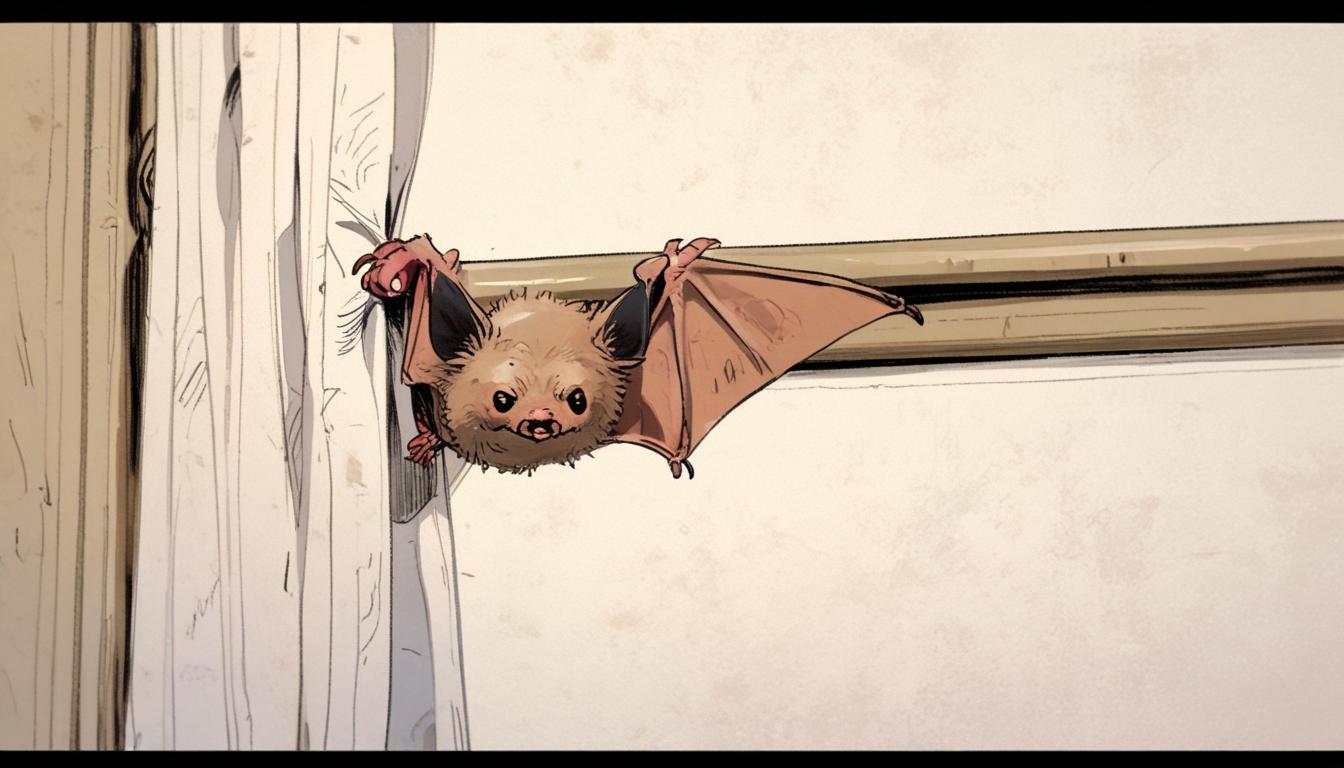During a recent countryside getaway near Skipton in North Yorkshire, a woman named Laura Connor experienced a startling encounter that led to urgent medical treatment for potential rabies exposure. What began as an unexpected meeting with a small bat inside an old guest house evolved into a serious health concern upon her return to London.
Connor and her friends had maintained a long-standing tradition of biannual trips to rural locations, this time choosing an old guest house to hike the Yorkshire Three Peaks. Early on, a bat was discovered flying inside the building. Despite initial attempts by Connor’s male friends to safely remove the creature—whom they nicknamed Wayne—the bat remained a persistent presence. After tiring itself out and resting on a curtain rail, the group’s attention moved on, but the following evening, the bat resurfaced while the group relaxed after hiking.
After using a towel previously laid out in the living room, Connor was horrified to later find the bat clinging to the towel with his leathery wings, indicating the animal had likely been in close contact with her body and hair. “The bat must surely have been in my shoulder-length hair at some point, and indeed on my body,” Connor told the Daily Mail. Alarmed by the possibility of being bitten or scratched, she sought medical advice upon returning to London.
British bats, such as those like Wayne—possibly a pipistrelle—and others carry a low but real risk of rabies, a fatal viral disease. Although less than one percent of bats in the UK are rabies carriers, the stakes remain critical. Once clinical symptoms appear in humans, rabies is almost invariably fatal, resulting in death within one to two weeks.
Connor’s story highlights this risk. “Humans can catch rabies from a bat,” the UK Government website warns, and the World Health Organisation confirms bat rabies is present in many countries, including the UK. Initial symptoms include fever and headache, progressing to severe neurological signs.
Upon suspecting potential exposure, Connor promptly contacted healthcare professionals and was advised to attend a hospital emergency department. She received a course of post-exposure prophylaxis, consisting of rabies vaccinations spread over 21 days, and a tetanus booster. The treatment was administered through her GP after an initial hospital visit and a private travel clinic appointment. The nurse at the clinic emphasised timely administration: “Call your doctor first thing and make sure they give you all the vaccines on time.”
The episode also revealed gaps in awareness among medical staff regarding bat-related rabies risk in the UK. Connor reported encountering bemused healthcare workers unfamiliar with bat bites necessitating rabies post-exposure vaccination. This comes despite a 2002 Scottish case where a man died of rabies after a bat bite—the first such case in Britain for a century.
Connor’s incident underscores the importance of recognising rabies risk from bats in the UK, despite its rarity. While the incident concluded positively—with Connor completing the vaccination course and becoming “super-immune,” as the nurse joked—the event offers insight into the reaction and procedures followed for rare but serious zoonotic disease exposures.
Connor’s experience began innocuously during a quiet countryside trip with friends and evolved into a rare encounter with a public health concern, illustrating the vigilance required when dealing with wildlife interactions, even in familiar domestic settings.
Source: Noah Wire Services
